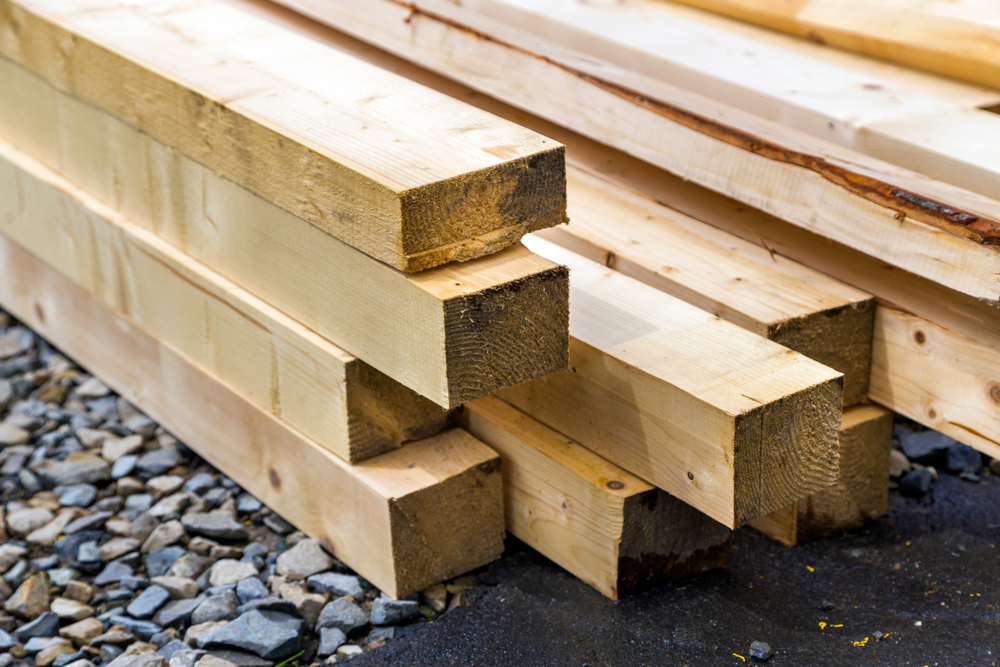Even if you’re pretty strict with your supply orders, you might still be ending up with more excess material than you’d like. In this particular climate, you’re probably looking to save as much money and material as possible, so here are some things for you to think about and put into practice.
Can you return unused materials?
If you haven’t already, find yourself a supplier who will allow unused materials to be returned for credit. Make sure that you keep all of the receipts and packaging material so that it can be returned in as new a condition as possible. If you know you won’t be able to make extra trips to your supplier’s yard, set aside a dry and secure place where you can store any excess materials to be returned all in one go for a bulk credit.
Check if you can also return any pallets or larger packaging materials to your supplier – you might not get a credit for these, but your supplier should have a good recycling system in place and they can dispose of it properly for you.
Can you recycle unused materials on site?
It might seem like a big job, but as long as you have the right resources on hand, it’ll be easier than you think. You could even assign someone in your team to take responsibility for any waste management and recycling procedures.
Plasterboard
Made up of gypsum and paper, plasterboard is something that can be easily recycled – when it’s broken down, it’s commonly used for soil conditioning. Plasterboard is best recycled when it’s dry so make sure you store it in a sheltered, secure place until you can have it collected.
Metals
If you’ve got a lot of excess metals, these can be sorted onsite and then sold to a local metal recycling company, earning you a bit more cash. If you’ve got a good skip company, they can also take this waste and recycle it properly if you don’t have the time.
Wood-based
If you’ve got unused timber or other wood-based materials, these can always be reused on your next project. Because not all treated wood products can be recycled properly, it’s best to reduce and reuse these as much as possible. If you’ve got a whole bunch of small untreated offcuts, you can offer them as free firewood or donate to a local school for woodworking classes.
Can you be more efficient with your ordering?
It’s a good idea to keep track of your excess materials as much as you can to pick up on any patterns or trends in your ordering. If you often have unused materials, take note of how much you tend to have leftover on average and then start ordering less. The goal is to be as efficient as possible with your materials so you save on costs and overall waste.
According to ITM, residential construction projects typically spend between $500 – $1000 for waste disposal services. But the real cost of this waste includes the cost of the material, any extra storage for the excess materials on site, time spent managing and handling the waste, transport and landfill costs, and the obvious effects on the environment when excess materials aren’t recycled correctly.
Can you minimise your risks?
Not only can having a plan in place to manage and avoid excess materials save you time and money, but it can also minimise your risks and overall liability – this is particularly helpful when it comes to your insurance. The more you can avoid any accidents relating to excess materials, including unsafe storage or too many bits of material lying around the job site, the more you’re mitigating your risks and satisfying your insurance requirements.
